Pool chemistry can be intimidating, and your ability to enjoy the inground pool you’ve invested so much in depends on getting it right. Using pool automations, like The Attendant, can make pool chemistry management easy. Today, the team of experts here at Latham will demystify the world of pool water chemistry, so you can work more efficiently to keep your pool healthy.
Common terms
If you’re calculating chemical levels, it’s good to start by knowing what the abbreviations in your equations stand for, as well as what those variables are for and what their ideal range is. These elements include:
- Pool volume: average length x average width x average depth = approximate volume a pool in cubic feet. Multiply that number by 7.5 to get an estimate of how many gallons your pool holds. If your pool is an irregular shape, there are some great pool volume calculators available online.
- Free chlorine (FC): is the amount of chlorine available in your water to kill germs. Because chlorine levels are rapidly diminished by sunlight and working to keep your pool sanitary, you should check your FC level daily;
- Combined chlorine (CC): is the byproduct of the sanitization process, as chlorine breaks down organic matter in the pool or degrades in sunlight, the CC level will rise. Your CC level should remain near zero, if it rises above 0.5 you’ll need to shock the pool;
- Total chlorine (TC): Add CC to FC and you get TC. The TC test can streamline your pool chemical checks, because CC should hover around zero;
- pH: When establishing your pool for the season it’s important to test pH daily, once things are balanced, you can test less often. Ideal pool pH is between 7.4 and 7.6. Low pH, is anything under 7.2, and can cause discomfort (itchy skin and stinging eyes). Levels under 7.0 can lead to equipment damage. Higher pH can damage pool surfaces;
- Total alkalinity (TA): is a measure of your pool’s ability to self-correct pH. A lower TA level means your pool’s pH will fluctuate more, while water with a higher TA level usually means pH drifts upward gradually. Ideal TA levels vary based on your choice of chemicals and pool specifics, check with an expert if you’re uncertain.
- Calcium hardness (CH): again, the type of pool you have determines your ideal level. CH is a measure of how much calcium is in your water, it’s important to keep track of because over time water with lower calcium levels will leech the calcium out of pool surfaces;
- Total hardness (TH): combines your CH level with the amount of magnesium in the pool water. 2/3 of the TH will be your calcium level, but the amount of magnesium in water with location;
- Cyanuric Acid (CYA): shields chlorine sun degradation, so weekly checks on your CYA will help you keep chlorine levels in check;
- Calcite saturation index (CSI): important plaster pools or other surfaces prone to scaling, CSI combines your TA, CH, CYA and pH readings with temperature and other data to give you an idea how likely your water is to dissolve calcite from plaster, tile, concrete and other surfaces.
With a solid understanding of the basics, you can take your readings from all these various components and plug them into one of the many online water chemistry calculators to discover suggestions for everything from just how much bleach to add to bolster your FC to what might be causing your swimmers to complain of chlorine itch. Consulting a local authority is the best way to get in-depth information on your specific pool’s chemistry, feel free to contact our team of experts in your area to maintain pool maintenance.

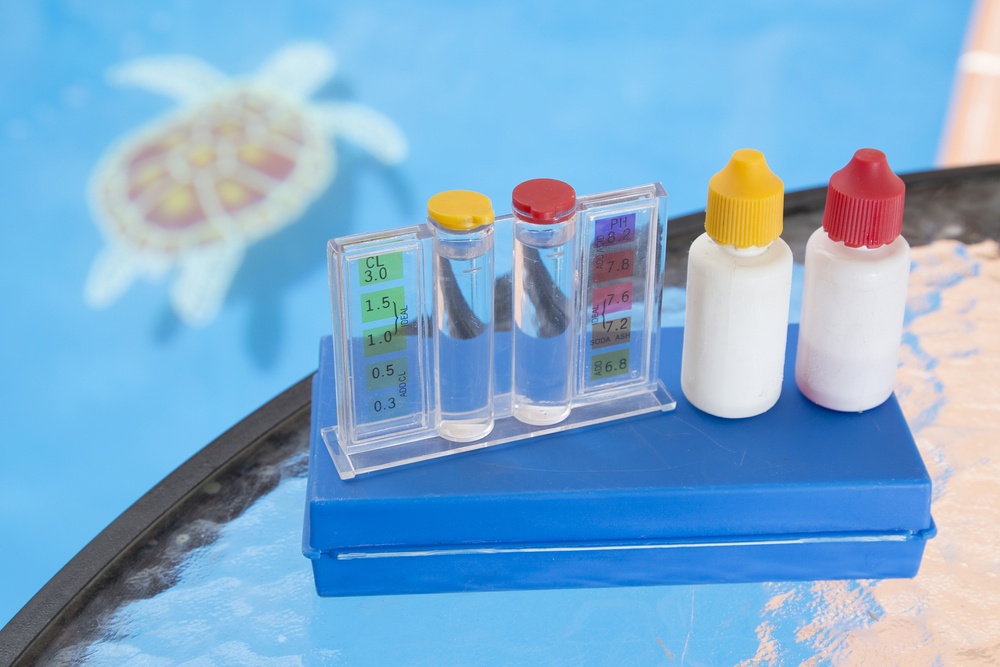

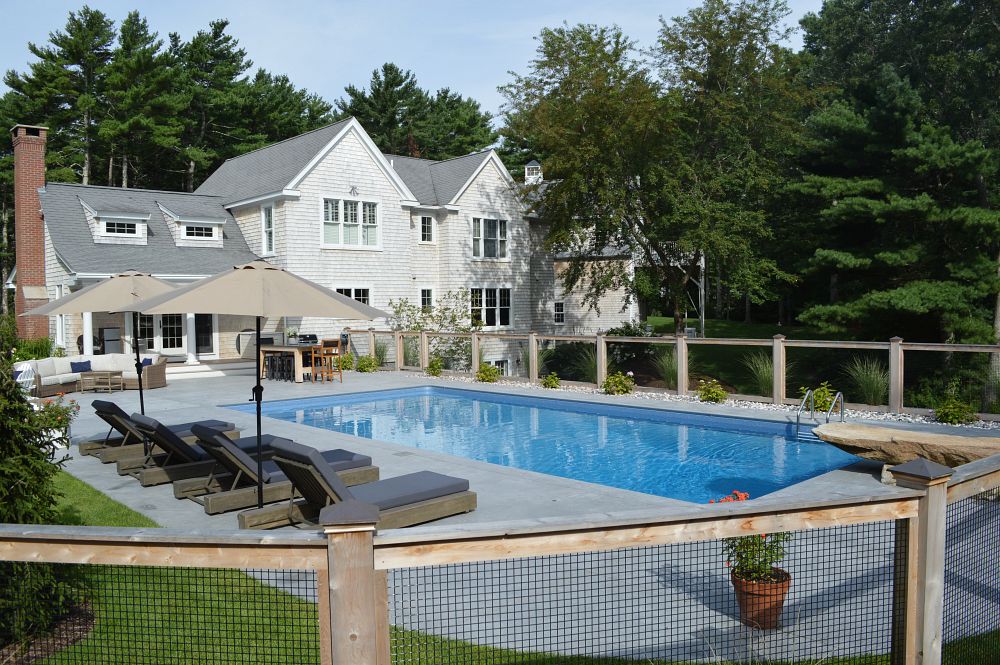
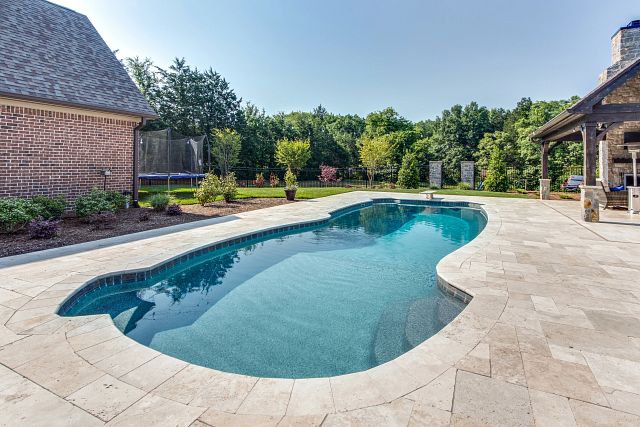
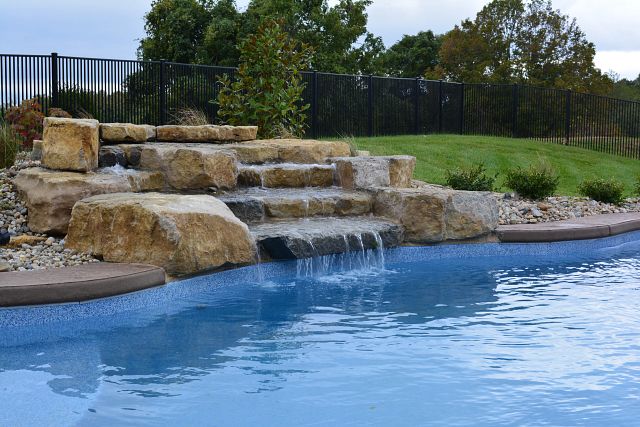
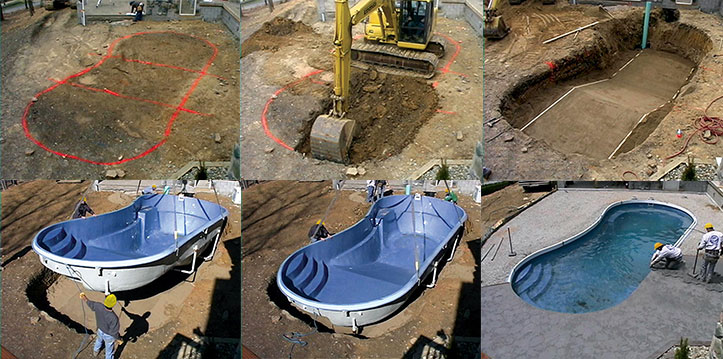
Join the discussion